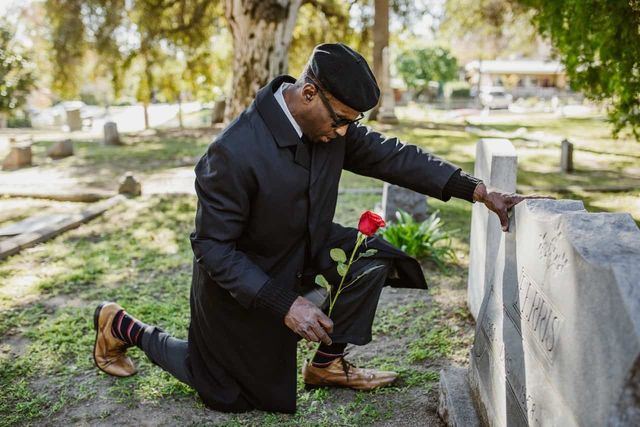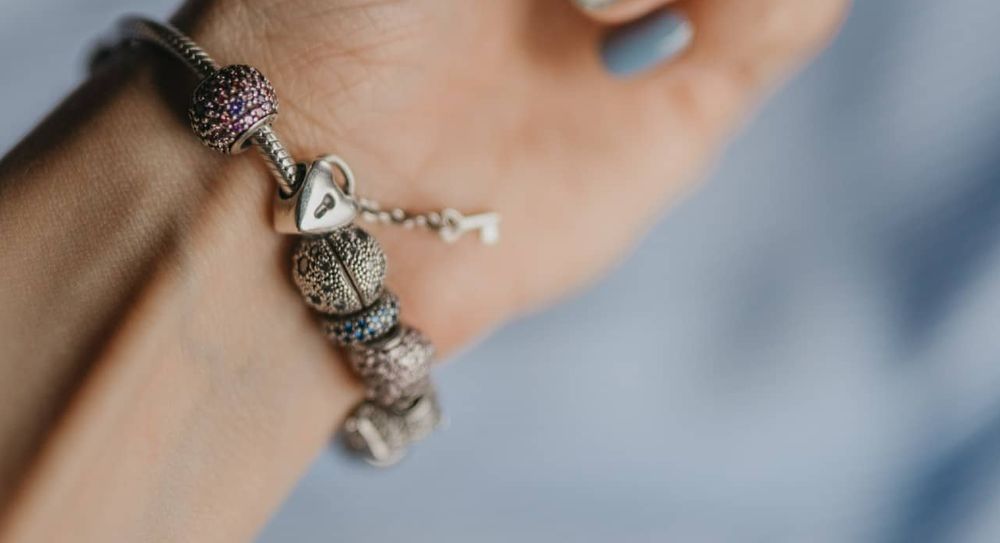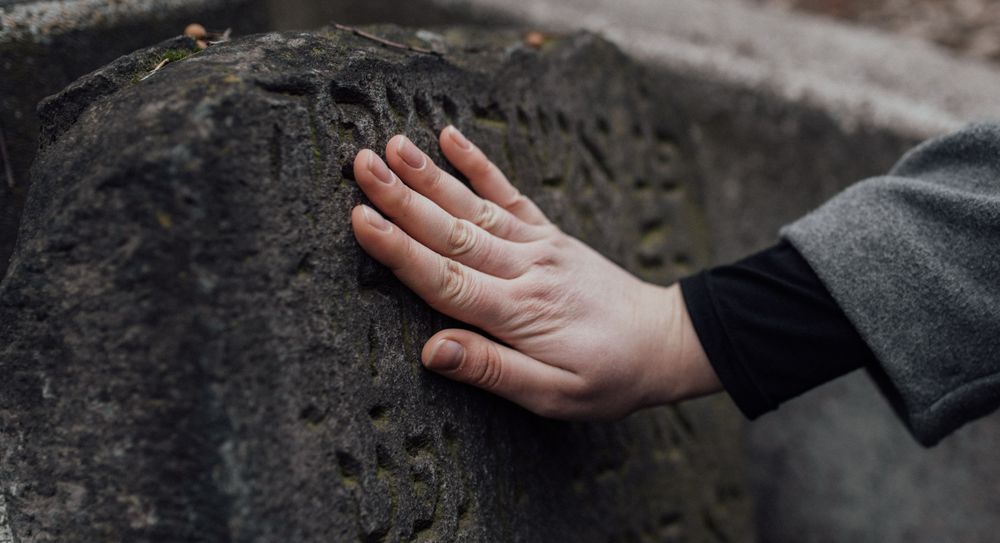How do you commemorate a loved one in the right way? Choosing a memorial can be difficult. Not least because there are so many to choose from. We’ve put together this guide to help you make the choice that feels right.
What is a memorial?
A memorial is an object that’s dedicated to someone who’s passed away. For example, an urn or a headstone. It’s a physical tribute to them that you can visit or keep at home so that you’re reminded of a loved one who’s gone.
How to choose a memorial
Before choosing the memorial you’d like, it’s important to do a bit of research to make sure it’s suitable.
Check burial ground rules
Burial grounds often have rules about the type of memorials they’ll allow. This is sometimes for environmental reasons and sometimes to keep the site looking neat.
- Type of material or stone: some burial grounds, particularly churchyards, have rules about the materials that can be used for headstones.
- Size or shape of memorial: very large headstones might not be allowed or you might only be able to have a traditional headstone design.
- Environmental impact of memorial: if you’re arranging a burial in a natural burial ground, you’ll probably find there are rules in place to make sure that memorials don’t harm the environment. You might only be allowed to have a wooden memorial, for example. Or you might only be allowed to have a plaque placed on a memorial wall.
Think about maintenance
How often will you be able to clean the memorial? Some materials are easier to keep clean than others. For example, polished stone is usually easier to wipe clean than unpolished stone, so doesn’t need cleaning as often.
Different types of memorials
There are many different types of memorial. So if you’re planning a funeral or memorial service and would like to create a memorial in honour of a loved one we’ve put together a list of the different types. Hopefully it’ll help you choose something suitable and help you remember your loved one in a personal way.
Headstones
If your loved one is being buried traditional memorials for graves tend to be headstones. But that’s not to say that someone who’s cremated can’t have a headstone either. There are many types of headstone available in cemeteries and crematoriums. So it can be difficult to choose. To help you make a decision here are your options.
Types of headstone
- Lawn memorial. This is a traditional upright headstone that sits at the head of the burial plot. There are many designs and different shapes available. These range from simple rectangles with square or rounded tops to more complicated designs like crosses and angels.
- Kerb set headstone. This has an upright headstone but it also includes a kerb of stone that goes around the outline of the burial plot. The middle of the kerb can then be filled with soil or coloured glass chippings. This is a more expensive option. Some cemeteries have restrictions on this type of memorial because of their size.
- Memorial ledger. This is a large stone slab that sits over the burial plot. A headstone can be included at the head of the plot if you’d like. And the ledger slab itself can have personalised engravings on it. Memorial ledgers are probably the least common type of headstone because they take up a lot of space. They need quite a lot of maintenance too.
- Cremation memorial. Scattering ashes isn’t your only option after a loved one is cremated. Some people find that a physical memorial to visit after the loss of a loved one can be comforting. You can bury the ashes and add a cremation memorial above the burial plot. These are smaller than a traditional headstone. They can be flat stone tablets with engravings. Or they can be similar to a traditional headstone with more detail added.
Read our guide for more info on typical headstone costs.
Memorial vases for gravesides
A memorial vase or cemetery vase is used to hold flowers at a graveside. They can be simple metal vases with small holders for flower stems or they can be larger with engravings on them. You can add a personalised message on a memorial vase if you like. It’s a good way to add a unique touch to a loved one’s grave especially if you’ve kept their headstone or cremation memorial simple. And it also means you can regularly visit and add fresh flowers to the grave.
Read our guide for more info on different types of memorial vases.
Memorial urns
You might want to commemorate a loved one with an urn for their ashes. Whether you choose to scatter the ashes, keep them at home or bury them, memorial urns come in many different designs. They can be made from wood, ceramic, stone or glass. And you can have an inscription added to it. You can also get biodegradable urns if you’d like to bury the ashes in a more environmentally friendly way.
Not sure which family member should keep the memorial urn? You can get keepsake urns. Typically these are smaller in size and give you the opportunity to divide the ashes with other family members. That way each of you can have a memorial of your loved one to keep.
Get more details with our guide to memorial urns.
Memorial benches
A bench placed in memory of someone is an opportunity to sit and reflect. And a way to give back to the community too. You could have it placed in a local park. Or maybe you’d like to put their memorial bench somewhere important to them – a woodland path? Or on the coast perhaps?
Find out more with our guide on how to get a memorial bench.
Memorial jewellery
Memorial jewellery is sometimes known as remembrance jewellery. It’s usually when the person’s ashes or a small amount of their hair is incorporated in a piece of jewellery. This is so that family can keep the person close to them. The jewellery is traditionally a pendant or a ring. But it can be whatever you ask for from the jeweller. The ashes can be set in glass or resin and only a small amount is needed to make a piece of jewellery. So it’s a good way of making memorial keepsakes for close members of the family.
Find out more with our guide to different types of memorial jewellery.
Memorial trees
Planting a tree in memory of someone is an environmentally friendly way of saying goodbye. And it’s a living memorial that will grow long after their funeral. There are a few places you could plant a tree in memory of someone. Here are some ideas to make things easier:
- Your own garden
- Crematorium gardens
- Parks that are protected by the Woodland Trust or National Trust
- A memorial forest
Read our guide to memory trees and learn more about planting a tree in memory of someone.
Plaques
A memorial plaque can be made from metal or stone and usually has an inscription on it with the name of the person who’s passed away and a personal message or a tribute to them. You could choose to have a memorial plaque instead of a headstone or cremation memorial. Or you could have a plaque added to another memorial like a bench. There are lots of possibilities. Here are a few ideas of where to put a memorial plaque to help you figure out if it’s the right option:
- A memorial bench. When you sponsor a memorial bench in memory of a loved one they don’t always have a plaque on them. So you could pay for an inscribed plaque to be added to the bench. But keep in mind that if your memorial bench is in a public park you may have to get permission from the local council to add a plaque to the bench.
- A memory tree. When planting a tree in memory of someone there’s sometimes an option to add a plaque to a stake in the ground nearby with details of your loved one. This can make it a comforting place to visit. But you’ll need to check this is allowed depending on where the tree is planted. Some protected areas or woodland burial grounds may not allow this to preserve natural habitats and protect wildlife.
- An urn. If you’re keeping a loved one’s ashes in an urn you might want to add a personalised plaque to it. A message to them or a quote can be a fitting tribute if that’s what you’d like.
Online memorials
If family members and friends live far away an online memorial is an excellent way of bringing everyone together. You could create a simple memorial website for the person who’s passed away or use social media to put one together. Whatever you choose to do it offers an opportunity for family to share memories and photos to help you grieve.
Want to know how to put together an online memorial? Read our guide to creating an online memorial.
Book of remembrance
Most crematoriums have a book of remembrance which memorialises each person who has been cremated on their premises. This can be viewed by family members and friends. Although a more personal way of remembering a loved one in this way is to create your own. Before the funeral you could get a specially made notebook with blank pages. You could even get it inscribed with their name or a quote they liked. After the service you could ask family and friends to share their memories of the person who’s passed away as a lasting tribute that you can share again and again.
A memorial photo frame
It’s a small gesture. But a memorial photo frame is a way of remembering a loved one at their happiest times whether it’s them at a family event or special occasion. And it can bring back good memories of the times you had together. There are lots of memorial photo frames to choose from. But you could get one specially made with a personal message so it’s completely unique.
We hope we’ve given you some ideas on which memorial to choose. But remember there’s no right or wrong way when it comes to choosing a memorial. Whether it’s an elaborate headstone or a simple piece of memorial jewellery pick the one that feels right to you.
Funeral Choice is a free online resource that helps people plan funerals and find local funeral directors. Visit our funeral planning advice hub to search for more articles.
More advice for after the funeral
Photo by RDNE Stock Project on Pexels.




